GLOSI: Global Library of School Infrastructure
The project aims to boost and facilitate informed, large-scale investments for the safety and resilience of new and existing school infrastructure at risk from natural hazards.
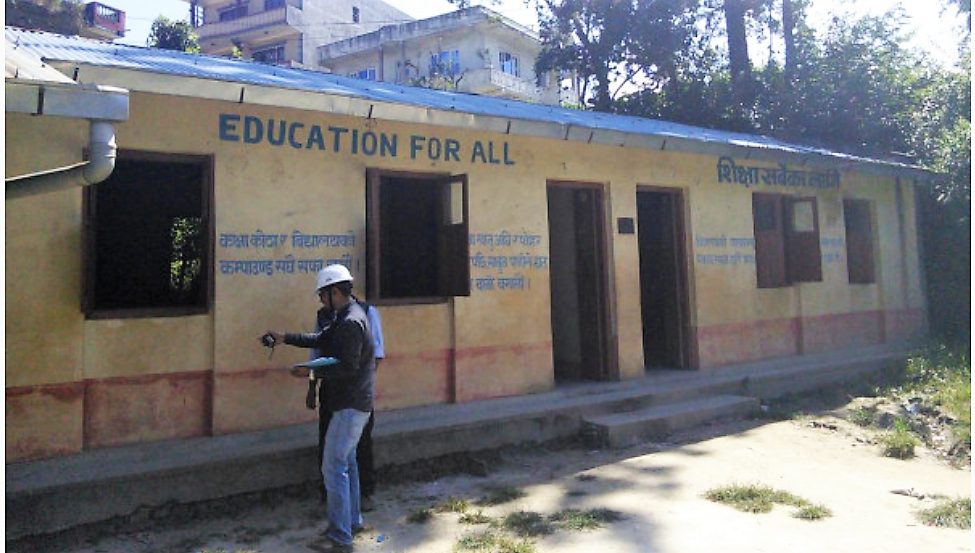
11 November 2021
The Global Program for Safer Schools (GPSS) launched in 2014 by the Global Facility for Disaster Reduction and Recovery (GFDRR) of the World Bank aims to boost and facilitate informed, large-scale investments for the safety and resilience of new and existing school infrastructure at risk from natural hazards, contributing to high-quality learning environments. The focus is primarily on public school infrastructure in developing countries.
At the global level, the GPSS Program has developed the Global Library of School Infrastructure (GLOSI), a repository of data and information about the structural performance/vulnerability of school buildings and alternatives to reduce associated seismic risk.
GLOSI repository is the outcome of technical ideas, analytical frameworks and continued research work developed by Prof Dina D'Ayala and Dr Rohit Kumar Adhikari at UCL-EPICentre in collarobation with a research team at Uniandes, Bogota, Colombia.
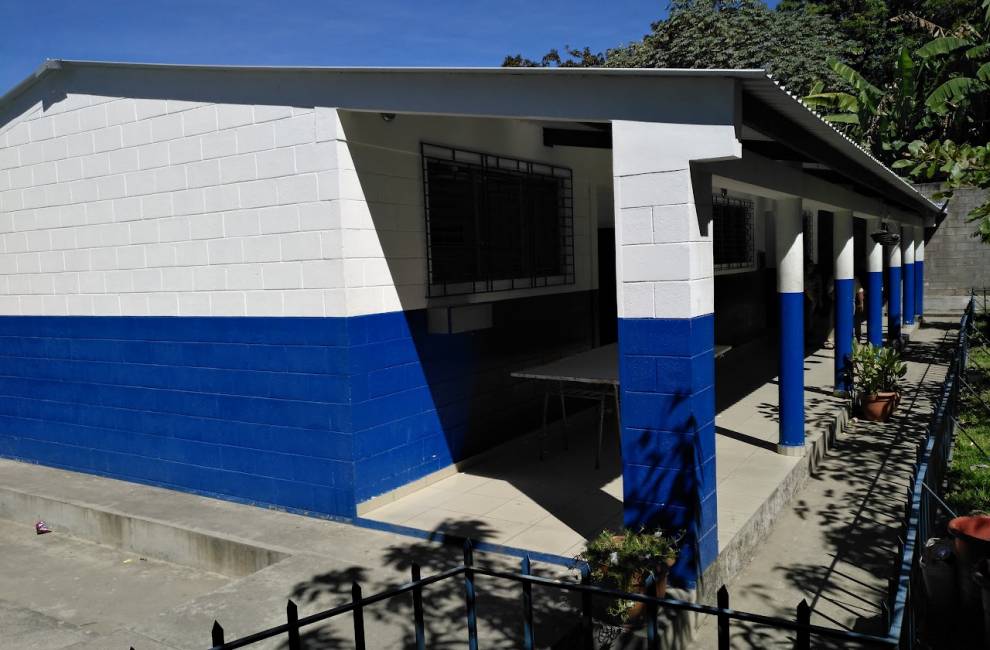
Funding details
Award period: 1 July 2016 - 30 September 2020 (Three different phases)
Programme: Global Program for Safer Schools, The World Bank
Researchers
Prof Dina D'Ayala (Principal Investigator)
Dr Rohit Kumar Adhikari (Lead Researcher)
Partners
Universidad de Los Andes, Bogota, Colombia
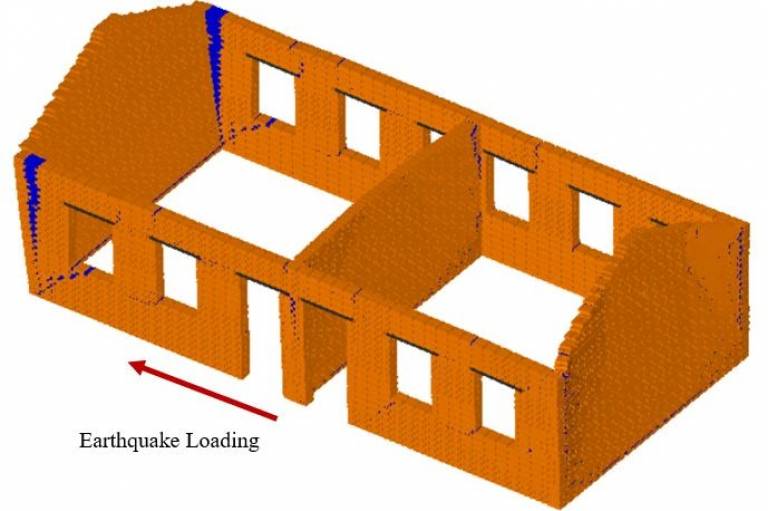
Main Objectives
1. To develop a simplified framework for the seismic risk assessment of school infrastructure in a country/region.
2. To document all the results (seismic assessment, fragility and vulnerability results) in an online GLOSI library that are publicly accessible. Since school buildings in different countries worldwide share common typologies, the analytical framework/tools and example case studies (vulnerability functions, retrofitting solutions etc.) available in GLOSI repository can be used by interested governments and other stakeholders to increase the seismic resilience of school infrastructure.
Methodology
Develop a uniform and comprehensive data collection system for school infrastructure.
Develop a comprehensive global structural classification system (taxonomy) for school buildings.
Verify the existing databases through field survey in case study countries.
Develop fragility functions for different school typologies.
Carry out seismic vulnerability assessment of school building typologies in different regions/countries.
Develop the seismic risk assessment strategy of school infrastructure in different countries.
To develop a simplified pushover based procedure for the seismic vulnerability assessment of school buildings.
Explore/develop economical incremental retrofitting options for common typologies of school buildings.
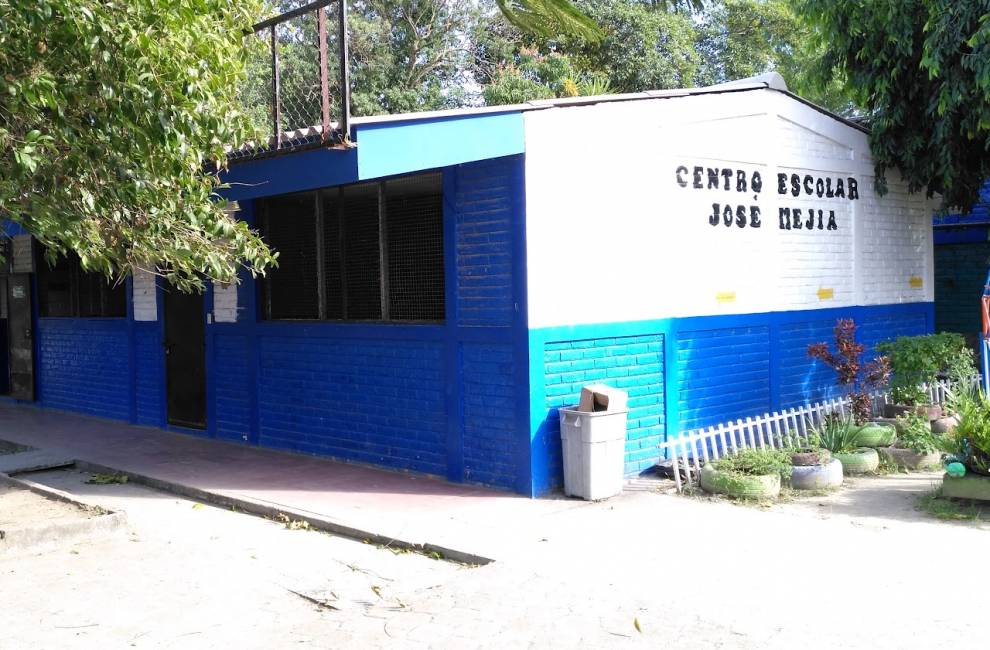
Publications
Vatteri, A.P. and D’Ayala, D., 2021. Classification and seismic fragility assessment of confined masonry school buildings. Bulletin of Earthquake Engineering, 19(5), pp.2213-2263.
Fernández, R.I., Adhikari, R.K., Yamin, L.E., D’Ayala, D.F. and Fuentes, G.A. (2020) SEISMIC VULNERABILITY ASSESSMENT AND RISK REDUCTION STRATEGY OF LOW-RISE SCHOOL BUILDINGS, 17th World Conference on Earthquake Engineering
D'Ayala D, Galasso C, Nassirpour A, Adhikari RK, Yamin L, Fernandez R, Lo D, Garciano L and Oreta A (2019) Resilient communities through safer schools, International Journal of Disaster Risk Reduction
UCL and UniAndes (2019). Final Report, GLOSI: Global Library of School Infrastructure, The World Bank, Washington DC, USA. Available online at: https://gpss.worldbank.org/en/glosi
Adhikari, R.K., D’Ayala, D. (2019). APPLIED ELEMENT MODELLING AND PUSHOVER ANALYSIS OF UNREINFORCED MASONRY BUILDINGS WITH FLEXIBLE ROOF DIAPHRAGM, 7th International Conference on Computational Methods in Structural Dynamics and Earthquake Engineering, Crete, Greece
Adhikari R.K., D’Ayala D. et al (2018). “Structural Classification System for Load Bearing Masonry School Buildings”. In: Proceedings of the 16th European Conference on Earthquake Engineering, Thessaloniki, Greece.
Adhikari, R.K., D’Ayala, D. (2017). “Guidelines for the Structural Classification of Load Bearing Masonry School Buildings”, Technical Report, The World Bank, Washington DC, USA.
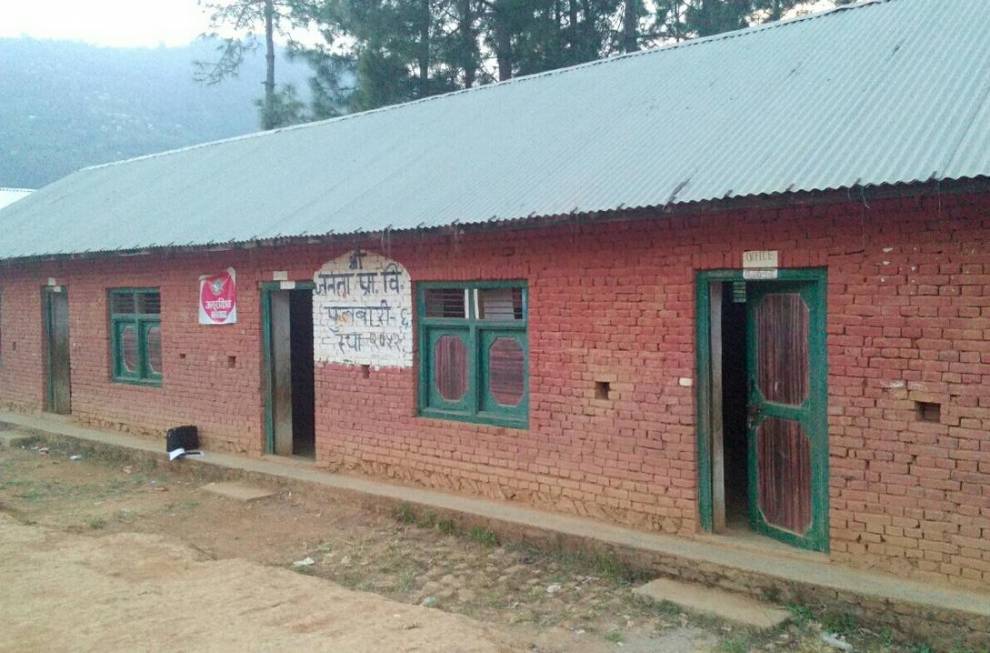
Recent News
October 29, 2019 - GLOSI platform launched in an event 'Paving the Way Toward Safer and More Resilient Schools' organized by the Global Program for Safer Schools (GPSS), World Bank.
17 January 2018 - Current engagements of EPICentre in the Global Program for Safer Schools (GPSS) project of the World Bank
 Close
Close

